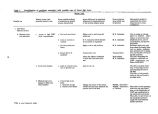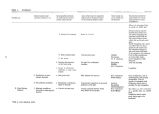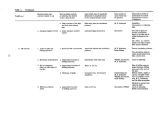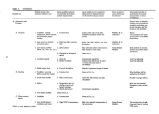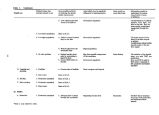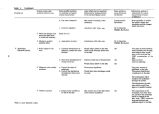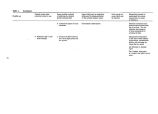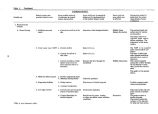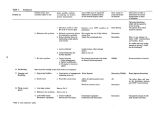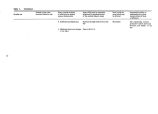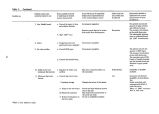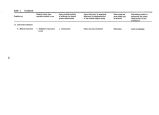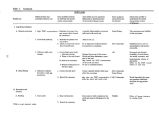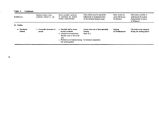| OCR Text |
Show Hi > hi < UJ < hi UJ > o 00 < UJ o < 4211- 4209- 4207- 4205- 4203- 4201 4199 H 4197 4195 H 4193 4191 13 DOTTED LINE IS APPROXIMATE J i ft. .1 n TRADITIONAL DATA en C _ i o • X-* X- X- X- X- f i 1 1 r 1850 I860 1870 1880 1890 1900 1910 1920 1930 1940 1950 I960 1970 YEAR Figure 2. Historic surface elevation of Great Salt Lake. 5. Formulate an integrated research technique and procedure to support comprehensive planning of Great Salt Lake. 6. Consider the capabilities of researchers and research units in relation to research needs and propose an effective program of coordination among agencies, universities, and others. 7. Propose a program which would integrate and correlate the research effort with the current and future comprehensive planning through joint seminars or workshops with the Great Salt Lake Division and its board. The UWRL study divided the assignments into two main tasks. The first task addressed items one through four above which focus on research needs and priorities. In this study, research heeds were viewed as data or study needs necessary to understand the physical, social, or economic components of the Great Salt Lake system. The first task of the study was approached by performing a review of pertinent literature and meeting with groups of experts knowledgeable on various aspects of the lake system. The input from these meetings was valuable in identifying both research needs and priorities for the lake system. A list of participants in these meetings is given in the Appendix. Because the comprehensive plan is still in preparation, the setting of research priorities was confined to specific use areas. However, once use priorities of the lake resources are set by the comprehensive plan, absolute priorities will be readily established from the information presented in this report. The second task of the study, items five through seven, dealt with the manner in which the research identified during the first task could be accomplished. At present, it is not anticipated that the Great Salt Lake Division will support its own research staff but rather the division will rely on other state agencies, federal agencies, universities, and private individuals to perform the needed research. Task II outlines a procedure by which the division can coordinate the research efforts of these groups. 3 |


















